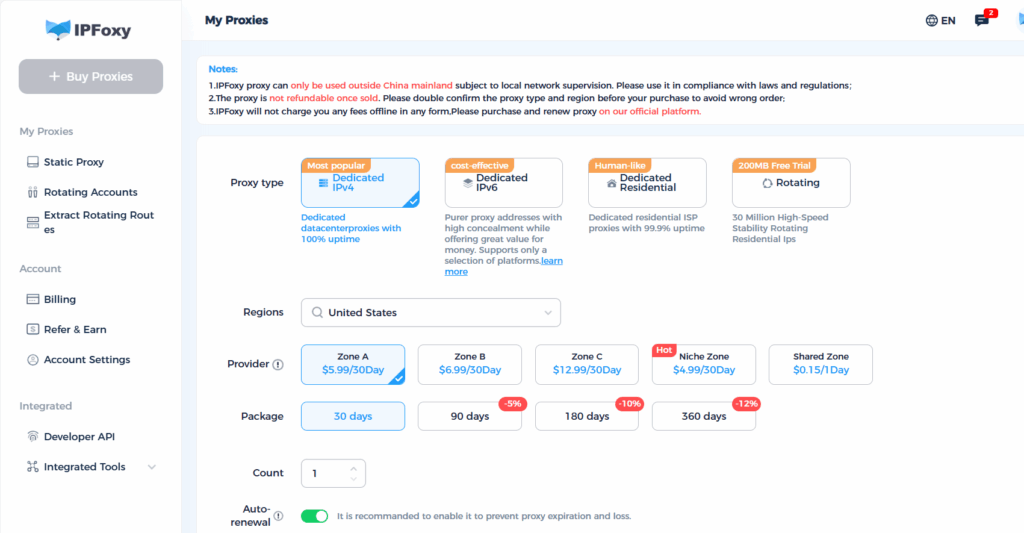In recent years, Amazon’s ranking algorithm has been in constant flux, making optimization increasingly challenging for sellers. Many sellers have noticed that even after optimizing their keywords, titles, and images, their organic rankings suddenly drop.This article breaks down the major algorithm changes in 2025, the common pitfalls that are hurting your rankings, and actionable strategies to improve your organic keyword positions.
I. Amazon Algorithm Changes
1. From A9 to A10: A Complete Shift in Focus
Compared with Amazon’s previous algorithm (which mainly relied on sales and keywords), the 2025 version focuses more on:
- External traffic (off-Amazon visits and referrals)
- Seller reputation and account health (order defect rate, return rate, customer service metrics)
- Listing content quality and user engagement (page visit time, user experience, etc.)
In short: strong advertising alone is no longer enough. If you only focus on in-platform ads, keyword stuffing, or review manipulation while neglecting external traffic and real engagement, your rankings are likely to drop.
2. New Rules for Titles and Variations
At the beginning of 2025, Amazon revised its title policy — limiting title length, reducing keyword repetition, and requiring more buyer-centric titles instead of keyword-stuffed ones. Additionally, from September 2 to November 30, 2025, Amazon will deprecate a large number of inactive or redundant variation themes (for example, some style, package quantity, or design combinations are now marked as “Deprecated: Do Not Use”).
For sellers, this means if you’re still using old title strategies, non-standard variation structures, or ignoring these theme updates, your listings could be downgraded under the new algorithm — lowering your organic keyword rankings, visibility, and exposure.
3. Stricter Review and Detection Mechanisms
In the past, many sellers relied on keyword stuffing, repetitive listings, cross-linked variations, fake orders, and over-optimized A+ content filled with keywords. Now, these tactics carry much higher risks. Amazon’s system is becoming more sensitive to variation abuse — for example, keeping multiple child ASINs with zero sales under a parent ASIN can be seen as “dragging down” overall sales and conversion performance.
In 2025, the algorithm emphasizes authentic traffic and organic conversions more than ever. Fake reviews, low-quality traffic, or artificial variation structures will directly hurt your keyword rankings.
II. What’s Hurting Your Keyword Rankings
1. Overreliance on Ads
Many sellers still use the old strategy — putting main keywords at the beginning of the title, filling all backend keyword slots, and running heavy ads to push traffic. But under the A10 model, relying solely on ads won’t sustain your organic rankings. Amazon officials have made it clear: “External traffic, conversion rate, and account health now have greater influence.”
If your listing traffic comes mostly from ads, with little organic or external engagement, Amazon’s system may conclude that while you have ad traffic, your real buyer engagement is low, which can cause a drop in organic ranking.
2. Account Operation Issues
Although Amazon doesn’t disclose its exact algorithm, many sellers have noticed that account health, return rates, and abnormal traffic patterns (for example, a large amount of activity from the same IP or region) can impact rankings. If you frequently log in from multiple accounts under the same IP, or keep switching IPs to test or monitor traffic, the system may flag these behaviors as suspicious — reducing your account trust score and keyword visibility.
3. Keyword Optimization Strategy
According to 2025 data, top-ranked listings usually maintain a CTR (Click-Through Rate) between 15%–20%, especially on mobile devices.
If your listing gets clicks but has a low conversion rate and high return rate — for instance, users click on the main keyword, view the page, and leave without buying — Amazon’s system interprets this as poor listing performance, which can push your keyword ranking down.
III. How to Improve Organic Rankings
1. Account Environment
Your account environment is one of the most critical factors for achieving higher organic rankings.
Try to simulate real user behaviors and browsing paths, and diversify your traffic sources to avoid being flagged as abnormal.
Personally, I use IPFoxy proxies to optimize my account environment, helping maintain stable access and more accurately monitor ad performance and ranking visibility across different regions.

2. Track Key Metrics
- CTR (Click-Through Rate): Ensure your main keywords achieve a healthy click rate.
- CVR (Conversion Rate): Higher post-click purchase rates signal strong product appeal; low CVR can be treated as a negative ranking factor.
- Return and negative feedback rate: Amazon’s algorithm increasingly weighs account health. Lower rates improve seller credibility and keyword weight.
- Inventory and price stability: Frequent stockouts or large price fluctuations can negatively impact ranking stability.
3. Optimize Listing and Variation Structure
- Review your variation setup: are you using any deprecated themes? Do low-performing child listings drag down your parent ASIN?
- Avoid overloading parent listings with attributes like color, size, and style — these belong in child titles.
- Keep your parent listings clean and focused, reducing cluttered variation groups.
- Simplify titles according to Amazon’s new policy — concise, buyer-focused, and free of keyword stuffing.
- Strengthen listing content with rich visuals, videos, and FAQs to boost user engagement and conversion rates, as the algorithm increasingly values interactive signals.
IV. Conclusion
With each algorithm update, sellers must continuously refine their optimization strategies to stay competitive. In 2025, the path to higher organic keyword rankings lies in authentic traffic, healthy accounts, and user-driven listings.
Only by aligning with Amazon’s evolving system — focusing on content quality, engagement, and stable operations — can you steadily improve your natural visibility and long-term sales performance.


